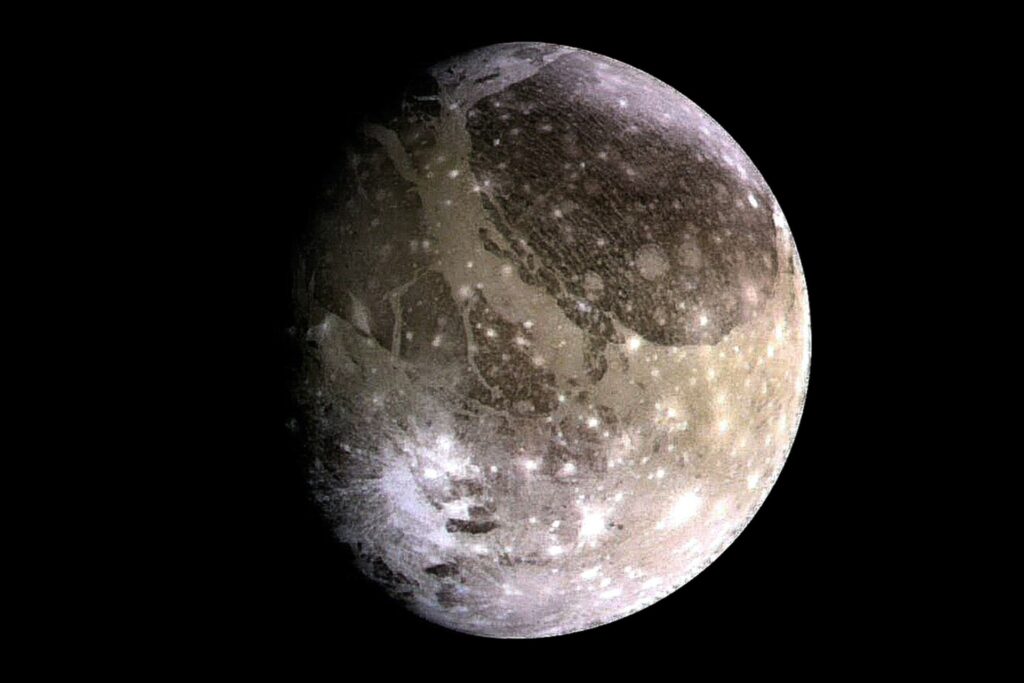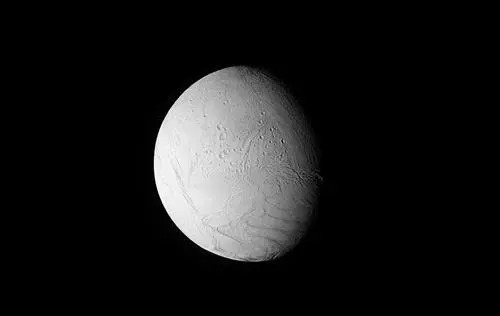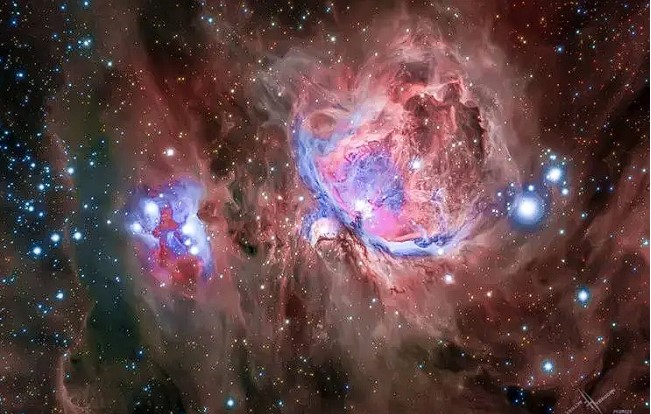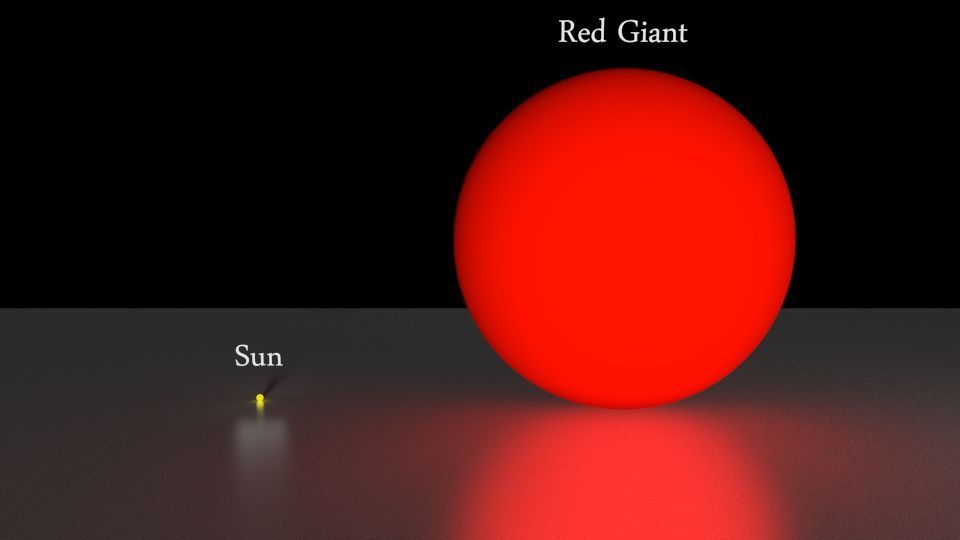Since ancient times, many historical books have recorded UFOs, and there are many supernatural phenomena that cannot be explained by modern scientific means. All kinds of signs have always reminded us that there must be other intelligent life bodies in unknown regions. In recent generations, scientists from all countries have been looking for their shadows, and the exploration of extraterrestrial intelligent life has never stopped, Although the exact evidence for the existence of extraterrestrial life has not yet been found, every space exploration mission represents people’s desire to discover extraterrestrial life. Where is extraterrestrial life hidden? The top ten places that are most likely to discover extraterrestrial life are listed on the official website of the American Discovery Channel. Let’s take a look.

First: Meteorites. Scientists have been collecting a variety of meteorites. So far, there are 22000 written records of meteorites found on the earth. Scientists have found many organic compounds in these meteorites. In 1996, a group of scientists announced that they found strong evidence of microfossils in a Martian meteorite found in the Antarctic.

Second: Mars, Mars has been familiar to everyone. For a long time, Mars has been the goal pursued by extraterrestrial life explorers. Scientific projects have always put the exploration of Mars in a very important position. The barren and dry land on Mars has led people to turn from looking for small green people on Mars to looking for simple life forms. But there is evidence that Mars once had a warmer and wetter past, Are our genes from Mars?

Third: Europa, the cold environment seems not suitable for life. In fact, it may not only be the home of simple microorganisms, but also complex life.

Fourth: Ganymede. NASA scientists had always characterized Ganymede as a dead satellite. They changed their view only after they discovered that there might be a saltwater ocean beneath its surface.

Fifth: Can Titan, the icy moon, be suitable for life? Scientists made closer observations on Titan, and they found more and more possible life infrastructure. Although the surface temperature of Titan is lower than minus 149 ℃, and there is no sunlight on Titan, NASA’s Huygens probe still found suspected liquid methane on its surface in 2005.

Sixth: Enceladus. In 2005, when the Cassini probe flew close to the surface of Enceladus, it found a geyser spewing ice and gas, and detected the carbon, hydrogen, nitrogen, and oxygen in it. These are the keys to supporting the survival of organisms

Seventh: Extragalactic planets. Some estimated data show that there are about 400 billion stars and countless extragalactic planets in the Milky Way, and these data are only estimated data in the Milky Way. Therefore, there may be billions of objects living in the universe

Eighth: Orion Nebula, May 2010. The Herschel Space Observatory of the European Space Agency announced that the fiery nebula, which is about 1500 light years away from the Earth, shows signs of organic chemicals with life

Ninth: The dying red giant. In 2005, a research team composed of astronomers from many countries found that the hammered red giant may bring the icy planet back to life like a defibrillator. Scientists believe that this rebirth may also lead to the formation of a new environment for life

Tenth: The unreachable universe, which can never be developed, is an incredibly huge space filled with all kinds of planets, star systems, nebulae, gas, and dust. We humans can never explore all of them. Maybe there is another life, but they are on the other side of the universe, and we may not be able to find them at all,
The above content comes from the network, for learning and entertainment only.



